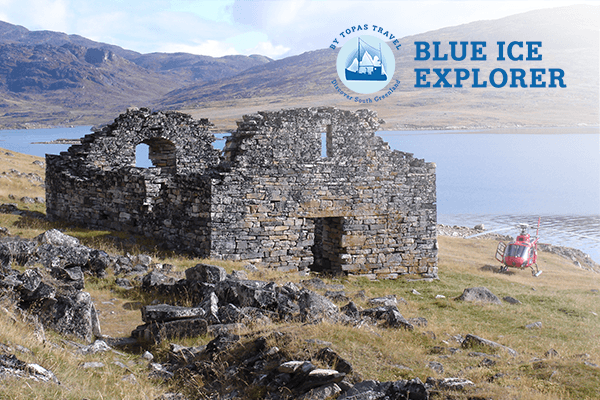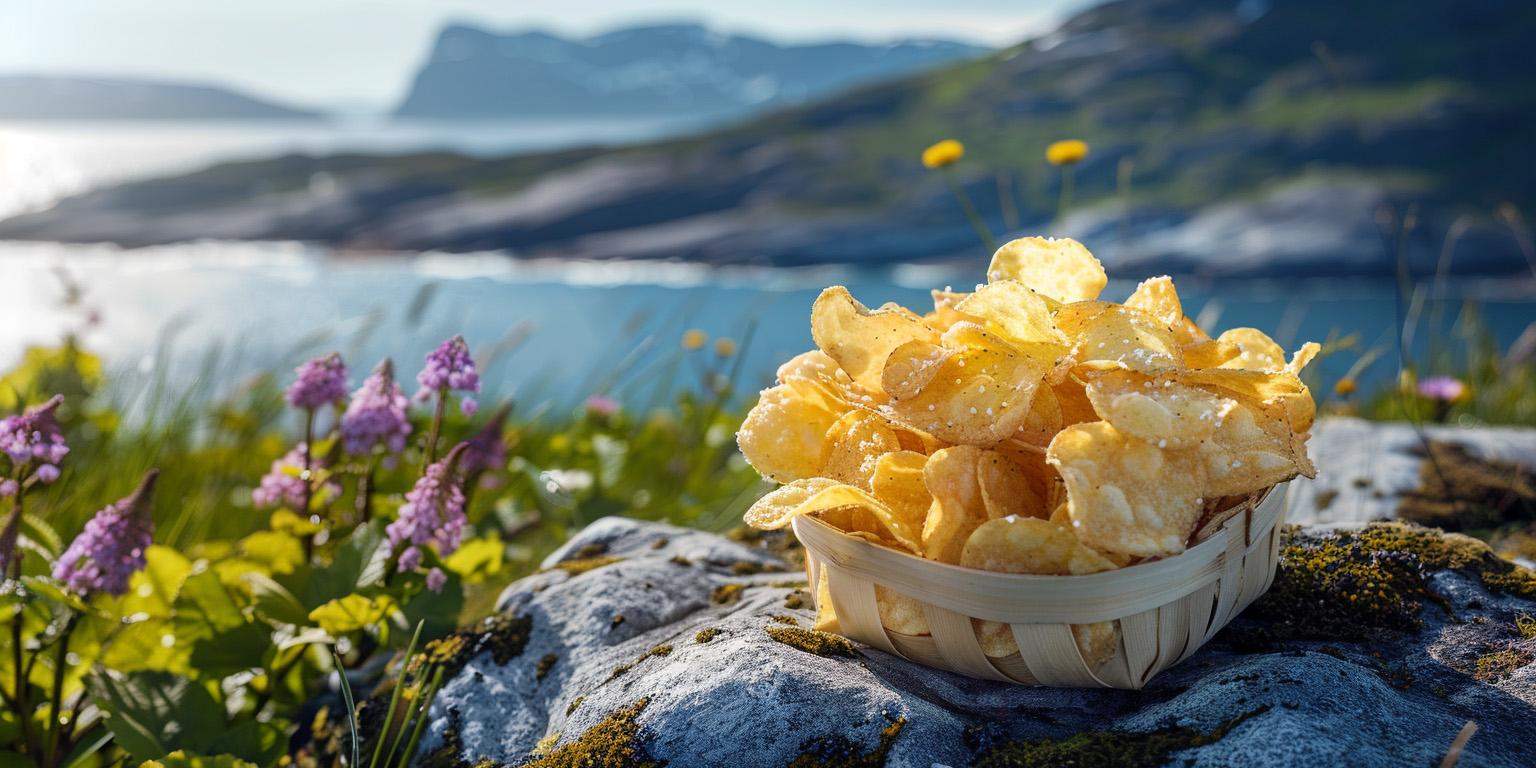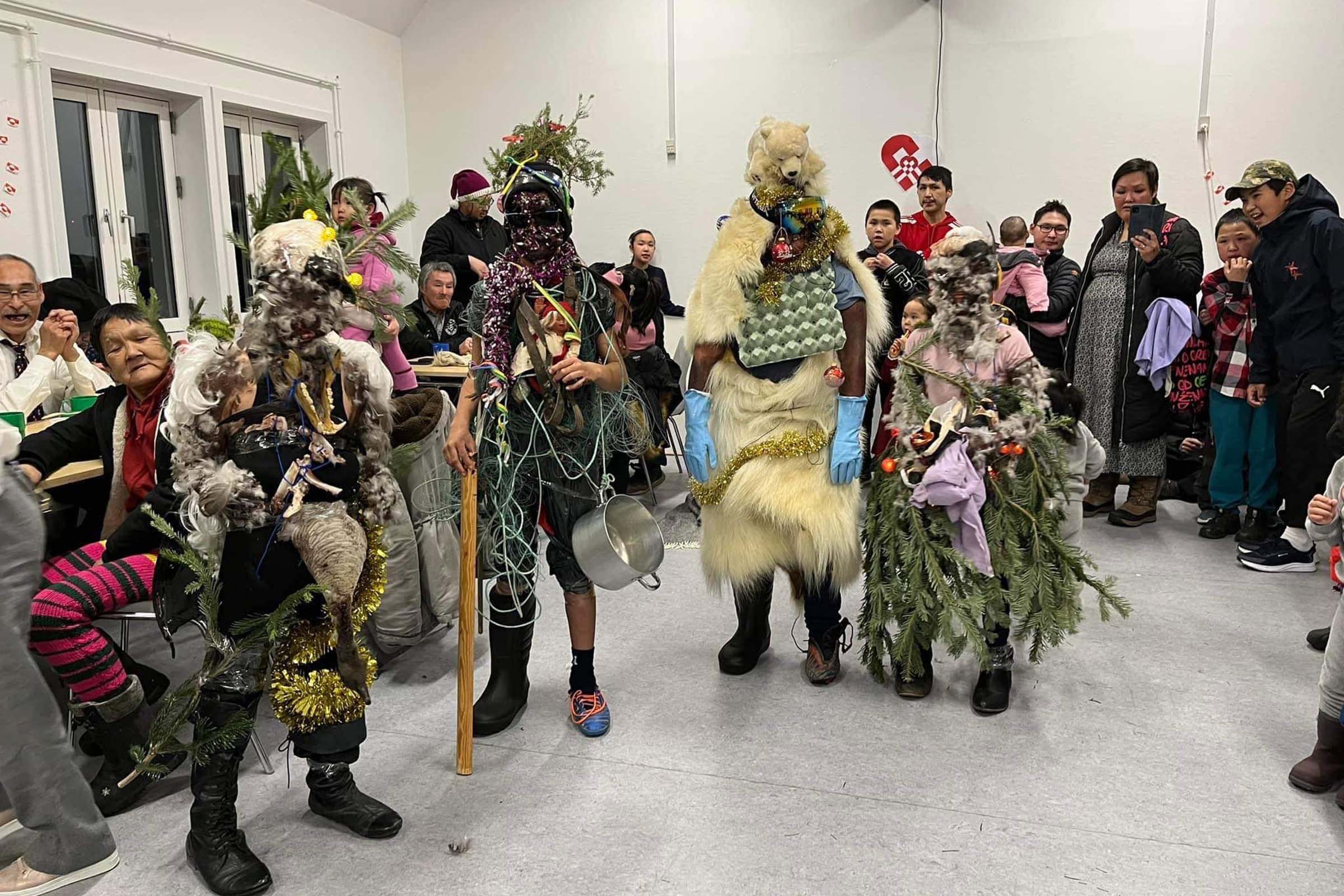Eirikr rauði Þorvaldsson (approx. 950-1003 AD) was named Erik the Red primarily because of his red beard and hair, but perhaps also because of his fiery temper.
It is said that he was a particularly hot-headed fellow who, after being exiled from Norway and later Iceland, finally settled in Greenland. Erik the Red is the first Viking to discover Greenland and is credited for giving the country its name ‘green land’. His son Leif Eriksson is credited in history as the first Viking to discover North America.
ERIK THE RED’S SAGA
According to the sagas, Erik the Red was born in Norway, where his father, Þorvaldr Ásvaldsson, was exiled in 960 AD as a result of ‘a number of killings’, and Erik’s entire family thus settled in Iceland.
Here, Erik the Red married Tjodhilde (Þjódhild) but history repeated itself and his father’s fate also befell Erik. In 982 he was sentenced to exile from Iceland for three years for murder after a dispute with his neighbour sparked a confrontation that resulted in several deaths.
Erik the Red had two sons with his wife Tjodhilde called Leif and Thorstein. Tjodhilde may also have been the mother of Erik the Red’s third son Thorvald, but this has not been confirmed. Additionally, Erik the Red had a daughter called Freydis, who was born out of wedlock with an unknown woman.
Freydís Eiríksdóttir – heroine or cruel murderer?
In The Saga Of The Greenlanders Erik’s only daughter Freydís is described as a fearless and strong-willed woman who once by herself – and 8 months pregnant – saved her Viking companions when attacked by Native Americans. The Saga says that she did so by banging on her chest with a sword – which made the attackers retreat. On another occasion, while on their way to North America, she convinces her husband and his men to kill the men of the Viking clan that was accompanying them on their journey. When they refuse to kill the women in the group, Freydís picks up an axe and slaughters all 5 by herself.
In The Saga Of Erik The Red, which is written later than The Saga Of The Greenlanders the part with the axe murder is politely left out, so here she appears more like a heroine.
The Vikings: Valhalla series version of Freydís Eiríksdóttir is certainly also strong and brave, but much more of a justice-seeking warrior, than a cynical killer. Who knows what Freydís Eiríksdóttir was really like?





















